When it comes to financing your business, there are several options available, including full ledger invoice finance and selective invoice finance. Both options have their pros and cons, and the best choice will depend on your specific business needs and circumstances.
Full ledger invoice finance
Full ledger invoice finance, also known as factoring, is a financing option where a business sells its entire accounts receivable ledger to a lender, who then advances the business a percentage of the value of the invoices. The lender then collects payment from the customers, and the business receives the remaining balance, minus any fees. This option is best for businesses that have a high volume of invoices and a consistent cash flow. It allows businesses to access funds quickly and easily, without having to go through a lengthy application process.Selective invoice finance
Selective invoice finance, also known as invoice discounting, is a financing option where a business only sells a portion of its accounts receivable ledger to a lender, who then advances the business a percentage of the value of the invoices. The business is responsible for collecting payment from the customers and the lender receives a percentage of the payment as a fee. This option is best for businesses that have a lower volume of invoices or a more inconsistent cash flow. It allows businesses to be more selective about which invoices they finance and can be more cost-effective.The decision
When deciding between full ledger invoice finance and selective invoice finance, it is important to consider the following factors:- Volume of invoices: If you have a high volume of invoices and a consistent cash flow, full ledger invoice finance may be the best option. If you have a lower volume of invoices or a more inconsistent cash flow, selective invoice finance may be the better choice.
- Control: With full ledger invoice finance, the lender is responsible for collecting payment from customers. With selective invoice finance, the business is responsible for collecting payment, which allows for more control over the process.
- Cost: Full ledger invoice finance can be more expensive than selective invoice finance, as the business is giving up control over the collection process. However, if the business has a high volume of invoices, the cost may be worth it for the quick access to funding.
- Creditworthiness: Full ledger invoice finance is often easier to obtain than selective invoice finance, as the lender is able to assess the creditworthiness of the business’s entire customer base. With selective invoice financing, the lender is only able to assess the creditworthiness of the specific invoices being financed.
